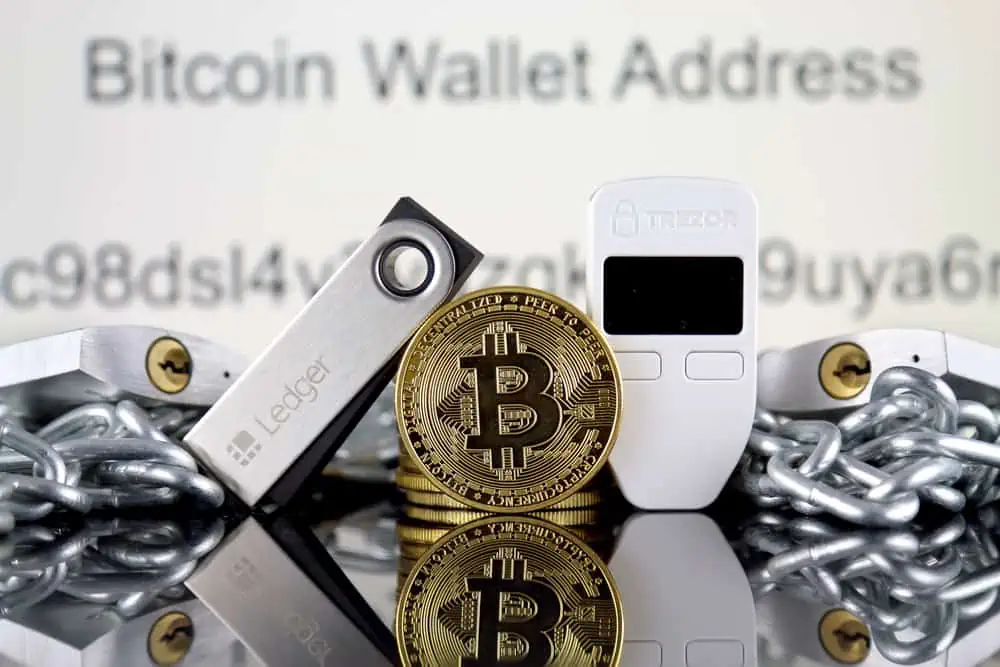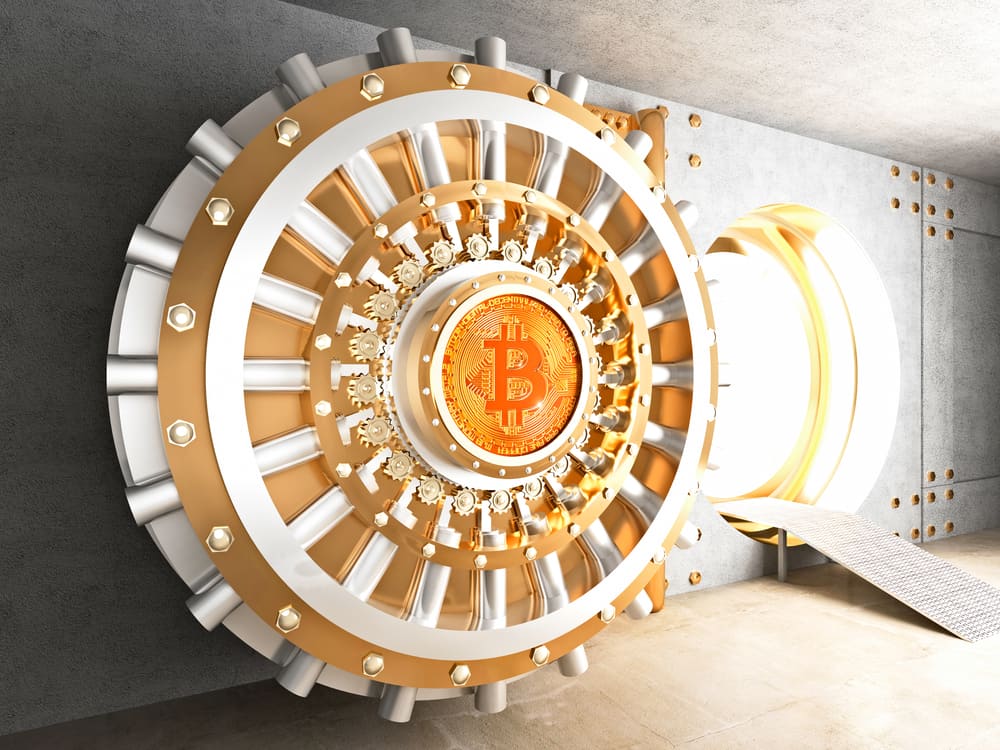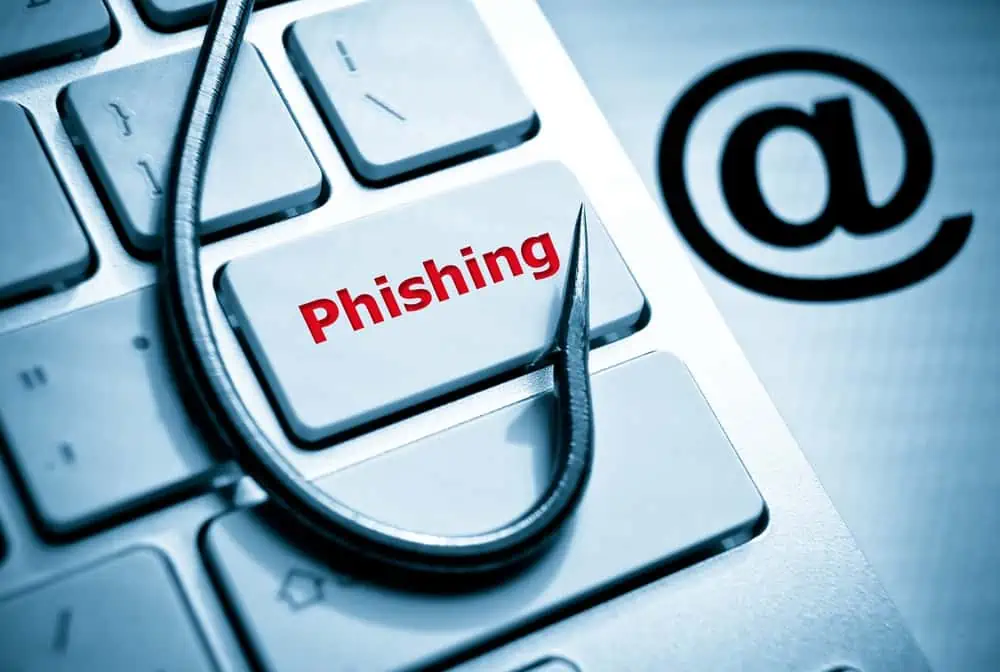Cryptocurrency has become increasingly popular in recent years, with more and more people investing in digital assets such as Bitcoin and Ethereum. However, with the rise in popularity of cryptocurrencies, there has also been an increase in cyber threats and hacks targeting these digital assets. This is where cold storage comes into play.
Disclaimer: This information is general in nature and for informational purposes only. It is not personal financial advice and has not taken into account your personal financial position or objectives. Make sure to refer to a licensed financial or tax advisor.
Cold storage refers to the practice of storing cryptocurrency offline, away from the internet, in order to protect it from hackers and other cyber threats. In this article, we will explore the importance of cold storage for cryptocurrency security and discuss the different types of cold storage options available. We will also provide a step-by-step guide to setting up your cold storage solution and offer best practices for storing and managing your private keys. Additionally, we will discuss how to safely transfer funds from hot wallets to cold storage, as well as how to protect your cold storage from physical threats and cyber attacks. Finally, we will touch on the importance of future-proofing your cold storage strategy in a rapidly evolving crypto landscape.
Table of Contents
Understanding the Importance of Cold Storage for Cryptocurrency Security
In order to understand the importance of cold storage for cryptocurrency security, it is important to first understand the risks associated with hot wallets and online exchanges. Hot wallets are digital wallets that are connected to the internet, making them vulnerable to cyber attacks. Online exchanges, on the other hand, are platforms where users can buy, sell, and trade cryptocurrencies. While online exchanges offer convenience, they also pose a significant risk as they are often targeted by hackers.
Cold storage, on the other hand, provides an added layer of security by keeping your cryptocurrency offline and away from potential threats. By storing your cryptocurrency offline, you eliminate the risk of being hacked or having your funds stolen. Cold storage can take many forms, including hardware wallets, paper wallets, and offline computers. These methods ensure that your private keys are kept secure and inaccessible to hackers.
Types of Cold Storage: Which One is Right for You?
There are several types of cold storage options available, each with its own advantages and disadvantages. The most popular types of cold storage include hardware wallets, paper wallets, and offline computers.
Hardware wallets are physical devices that store your private keys offline. They are designed to be secure and easy to use, making them a popular choice among cryptocurrency investors. Hardware wallets typically come with a built-in screen and buttons, allowing you to securely manage your cryptocurrency transactions. Some popular hardware wallet brands include Ledger and Trezor.
Paper wallets, on the other hand, are physical copies of your private keys that are printed on paper. Paper wallets are considered one of the most secure forms of cold storage, as they are not susceptible to cyber attacks. However, they can be easily lost or damaged if not stored properly.
Offline computers are another option for cold storage. These are computers that are not connected to the internet and are used solely for storing cryptocurrency. Offline computers provide an added layer of security, as they are not vulnerable to online threats. However, they can be more difficult to set up and manage compared to hardware wallets and paper wallets.
When choosing a cold storage solution, there are several factors to consider. These include the level of security you require, your technical expertise, and your budget. It is important to choose a solution that meets your specific needs and provides the level of security you are comfortable with.
Step-by-Step Guide to Setting Up Your Cold Storage Solution
Setting up a cold storage solution can seem daunting at first, but it is actually quite straightforward. In this section, we will provide a step-by-step guide for setting up a hardware wallet or paper wallet.
To set up a hardware wallet, follow these steps:
1. Purchase a hardware wallet from a reputable brand such as Ledger or Trezor.
2. Connect the hardware wallet to your computer using the provided USB cable.
3. Follow the instructions on the hardware wallet’s screen to set up a new wallet.
4. Write down the recovery phrase provided by the hardware wallet. This recovery phrase is used to restore your wallet in case it is lost or damaged.
5. Create a secure password for your hardware wallet and store it in a safe place.
6. Transfer your cryptocurrency from your hot wallet or online exchange to your hardware wallet.
To set up a paper wallet, follow these steps:
1. Generate a new paper wallet using a reputable online service or software.
2. Print out the paper wallet and make multiple copies.
3. Write down the private key associated with the paper wallet and store it in a safe place.
4. Transfer your cryptocurrency from your hot wallet or online exchange to your paper wallet by scanning the QR code or entering the public address.
It is important to note that when setting up a cold storage solution, you should always create a backup plan. This includes making multiple copies of your private keys or recovery phrase and storing them in separate secure locations. Additionally, you should create a secure password for your cold storage device and regularly update it to ensure maximum security.
Best Practices for Storing and Managing Your Private Keys
Private keys are an essential component of cold storage, as they are used to access and manage your cryptocurrency. It is important to store private keys securely and manage them effectively in order to protect your funds.
When storing private keys, it is recommended to use multiple secure locations. This can include physical locations such as safes or safety deposit boxes, as well as digital locations such as encrypted USB drives or cloud storage services. By storing private keys in multiple locations, you reduce the risk of losing access to your funds in case one location is compromised.
It is also important to keep your private keys offline as much as possible. This means avoiding entering private keys on computers or devices that are connected to the internet. By keeping your private keys offline, you eliminate the risk of them being intercepted by hackers or malware.
In addition to storing private keys securely, it is important to manage them effectively. This includes regularly updating your passwords and recovery phrases, as well as regularly checking the balance and transaction history of your cold storage wallets. By staying vigilant and proactive, you can ensure that your funds are safe and secure.
How to Safely Transfer Funds from Hot Wallets to Cold Storage
Transferring funds from a hot wallet to cold storage is an important step in securing your cryptocurrency. However, it is crucial to do so safely in order to minimize the risk of losing your funds.
To safely transfer funds from a hot wallet to cold storage, follow these steps:
1. Ensure that your cold storage device is set up and ready to receive funds.
2. Open your hot wallet and navigate to the “send” or “withdraw” section.
3. Enter the public address of your cold storage wallet as the recipient of the funds.
4. Double-check the public address to ensure that it is correct.
5. Enter the amount of cryptocurrency you wish to transfer and review the transaction details.
6. Confirm the transaction and wait for it to be processed.
7. Once the transaction is confirmed, check the balance of your cold storage wallet to ensure that the funds have been successfully transferred.
It is important to note that transferring funds from a hot wallet to cold storage carries some risks. For example, if you enter the wrong public address or make a mistake during the transfer process, you may lose your funds permanently. To mitigate these risks, it is recommended to start with a small test transfer before transferring larger amounts. Additionally, always double-check the public address before confirming the transaction.
Keeping Your Cold Storage Safe from Physical Threats
While cold storage provides an added layer of security against cyber threats, it is still vulnerable to physical threats such as theft and damage. In this section, we will discuss how to keep your cold storage safe from physical threats.
One of the most important steps you can take to protect your cold storage is to store it securely. This means keeping it in a safe and secure location, such as a safe or safety deposit box. Additionally, you should consider using tamper-evident seals or stickers to detect if your cold storage device has been tampered with.
It is also important to protect your cold storage device from damage. This can be done by storing it in a protective case or sleeve when not in use. Additionally, you should avoid exposing your cold storage device to extreme temperatures or moisture, as this can damage the internal components.
Finally, it is important to have a backup plan in place in case your cold storage device is lost or stolen. This includes having multiple copies of your private keys or recovery phrase stored in separate secure locations. By having a backup plan, you can ensure that you can recover your funds even if your cold storage device is lost or stolen.
Protecting Your Cold Storage from Cyber Threats and Hacks
While cold storage provides protection against cyber threats, it is still important to take steps to protect your cold storage device from malware and other cyber attacks. In this section, we will discuss how to protect your cold storage from cyber threats and hacks.
One of the most important steps you can take to protect your cold storage device is to keep it offline as much as possible. This means avoiding connecting it to computers or devices that are connected to the internet. By keeping your cold storage device offline, you eliminate the risk of it being infected with malware or being hacked.
It is also important to keep your computer and other devices secure. This includes regularly updating your operating system and antivirus software, as well as using strong and unique passwords for all of your accounts. Additionally, you should avoid clicking on suspicious links or downloading files from unknown sources, as these can contain malware that can compromise your cold storage device.
Finally, it is important to stay informed about the latest developments in cryptocurrency security. This includes staying up-to-date with the latest news and trends in the cryptocurrency industry, as well as regularly checking for software updates for your cold storage device. By staying informed, you can ensure that your cold storage device remains secure against the latest cyber threats and hacks.
Recovering Lost or Stolen Cold Storage: What You Need to Know
In the unfortunate event that your cold storage device is lost or stolen, it is important to know what steps to take to recover your funds. In this section, we will discuss the steps to take if your cold storage device is lost or stolen.
The first step is to remain calm and not panic. While losing access to your funds can be stressful, it is important to approach the situation calmly and methodically. The next step is to check if you have a backup of your private keys or recovery phrase stored in a separate secure location. If you do, you can use this backup to restore your wallet and regain access to your funds.
If you do not have a backup of your private keys or recovery phrase, you may still be able to recover your funds by contacting the manufacturer of your cold storage device or seeking professional help from a cryptocurrency recovery service. These services specialize in recovering lost or stolen cryptocurrency and may be able to help you regain access to your funds.
It is important to note that recovering lost or stolen cold storage can be a complex and time-consuming process. It is always recommended to have a backup plan in place and regularly update your backups to ensure that you can recover your funds in case of loss or theft.
Balancing Convenience and Security: Tips for Managing Your Cold Storage
When it comes to managing cold storage, there is often a trade-off between convenience and security. While cold storage provides the highest level of security for your cryptocurrency, it can also be less convenient to use compared to hot wallets or online exchanges. In this section, we will discuss tips for finding the right balance between convenience and security in managing your cold storage.
One tip is to use a hardware wallet that offers a user-friendly interface and easy-to-use features. This can make managing your cold storage more convenient and less time-consuming. Additionally, you should consider using a hardware wallet that supports multiple cryptocurrencies, as this can eliminate the need to manage multiple wallets for different cryptocurrencies.
Another tip is to use a password manager to securely store and manage your passwords. Password managers can generate strong and unique passwords for each of your accounts, making it easier to manage and remember them. Additionally, password managers can encrypt your passwords and store them securely, reducing the risk of them being compromised.
Finally, it is important to regularly review and update your cold storage strategy. This includes regularly checking for software updates for your cold storage device, as well as staying informed about the latest developments in cryptocurrency security. By regularly reviewing and updating your cold storage strategy, you can ensure that you are using the most secure and convenient methods available.
Future-Proofing Your Cold Storage Strategy in a Rapidly Evolving Crypto Landscape
The cryptocurrency landscape is rapidly evolving, with new technologies and trends emerging on a regular basis. In order to future-proof your cold storage strategy, it is important to stay up-to-date with the latest developments in cryptocurrency security.
One way to future-proof your cold storage strategy is to regularly check for software updates for your cold storage device. Manufacturers often release updates that address security vulnerabilities or introduce new features. By regularly updating your cold storage device, you can ensure that you are using the most secure version of the software.
Another way to future-proof your cold storage strategy is to stay informed about the latest trends and developments in cryptocurrency security. This includes reading news articles, following industry experts on social media, and participating in online forums and communities. By staying informed, you can stay ahead of the curve and adapt your cold storage strategy to the latest trends and technologies.
Finally, it is important to regularly review and update your backup plan. This includes making multiple copies of your private keys or recovery phrase and storing them in separate secure locations. Additionally, you should consider using a backup service or cloud storage service to securely store your backups. By regularly reviewing and updating your backup plan, you can ensure that you can recover your funds in case of loss or theft.
The Bottom Line On Safeguarding Your Crypto Investments
In conclusion, cold storage is an essential component of cryptocurrency security. By storing your cryptocurrency offline, away from potential threats, you can protect it from hackers and other cyber threats. There are several types of cold storage options available, including hardware wallets, paper wallets, and offline computers. When choosing a cold storage solution, it is important to consider factors such as security level, technical expertise, and budget.
Setting up a cold storage solution is relatively straightforward, but it is important to create a backup plan and regularly update your passwords and recovery phrases. Storing and managing private keys securely is crucial for protecting your funds. Safely transferring funds from hot wallets to cold storage requires caution and double-checking the public address.
Physical threats such as theft and damage can be mitigated by storing cold storage devices securely and protecting them from extreme temperatures or moisture. Cyber threats and hacks can be mitigated by implementing strong security measures such as using multi-factor authentication, regularly updating software and firmware, and regularly backing up data. Additionally, employing encryption techniques can help protect sensitive information stored on cold storage devices. It is also important to educate users about potential phishing attacks and other social engineering tactics that hackers may use to gain unauthorized access to the devices. Regular monitoring and auditing of the devices’ security measures can help identify and address any vulnerabilities or suspicious activities promptly.




